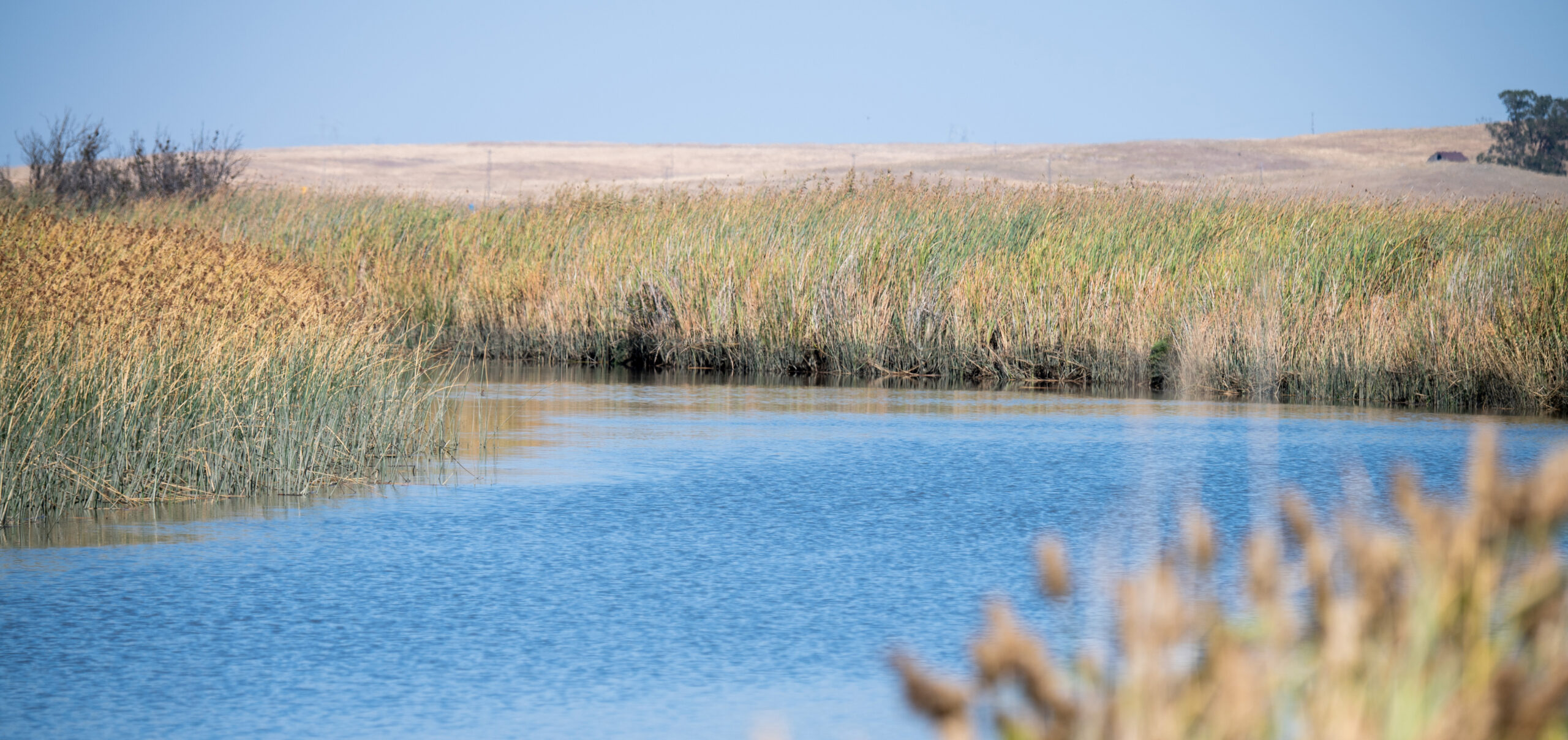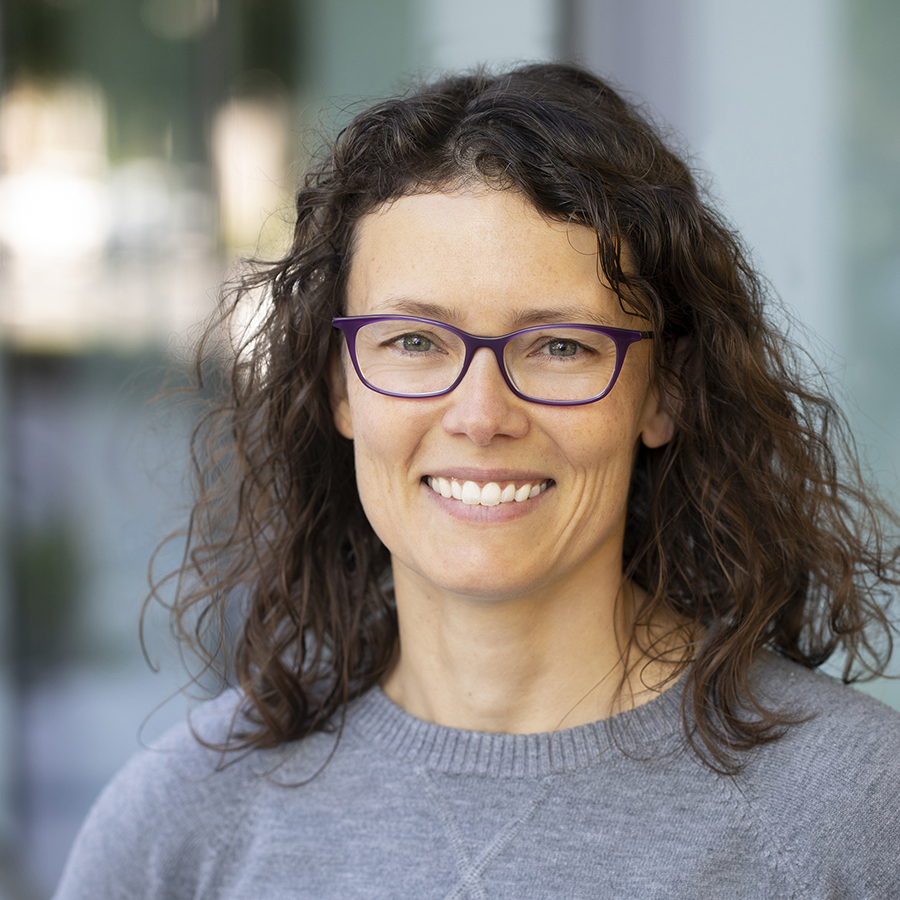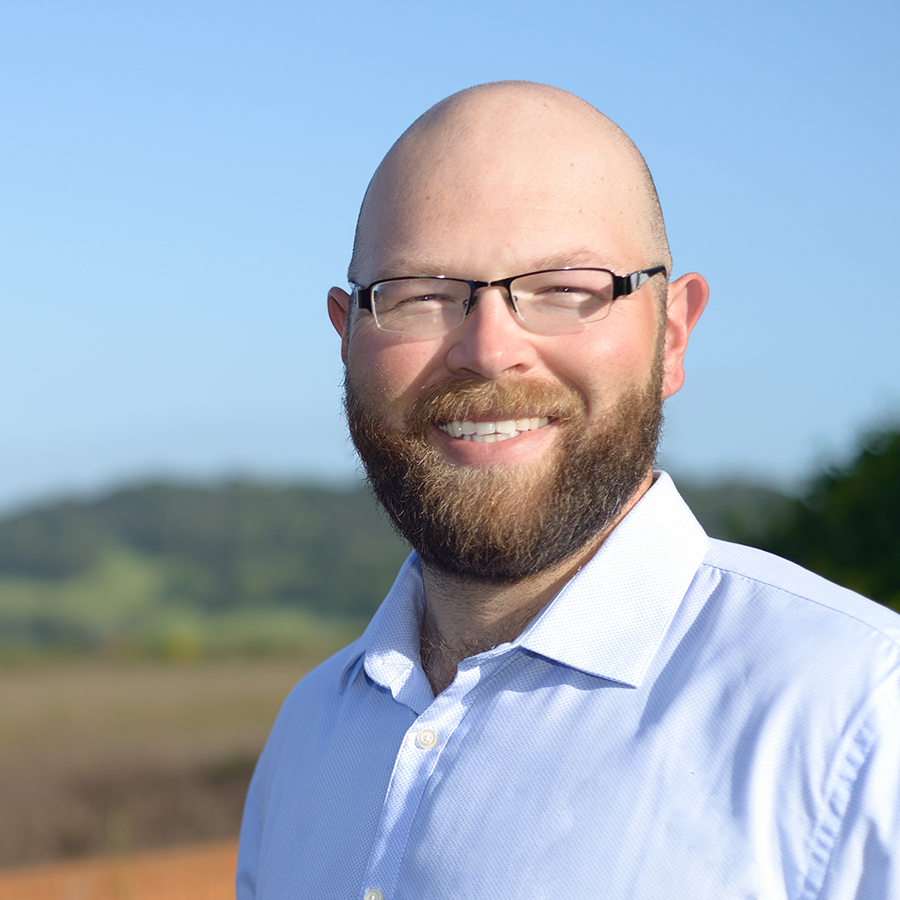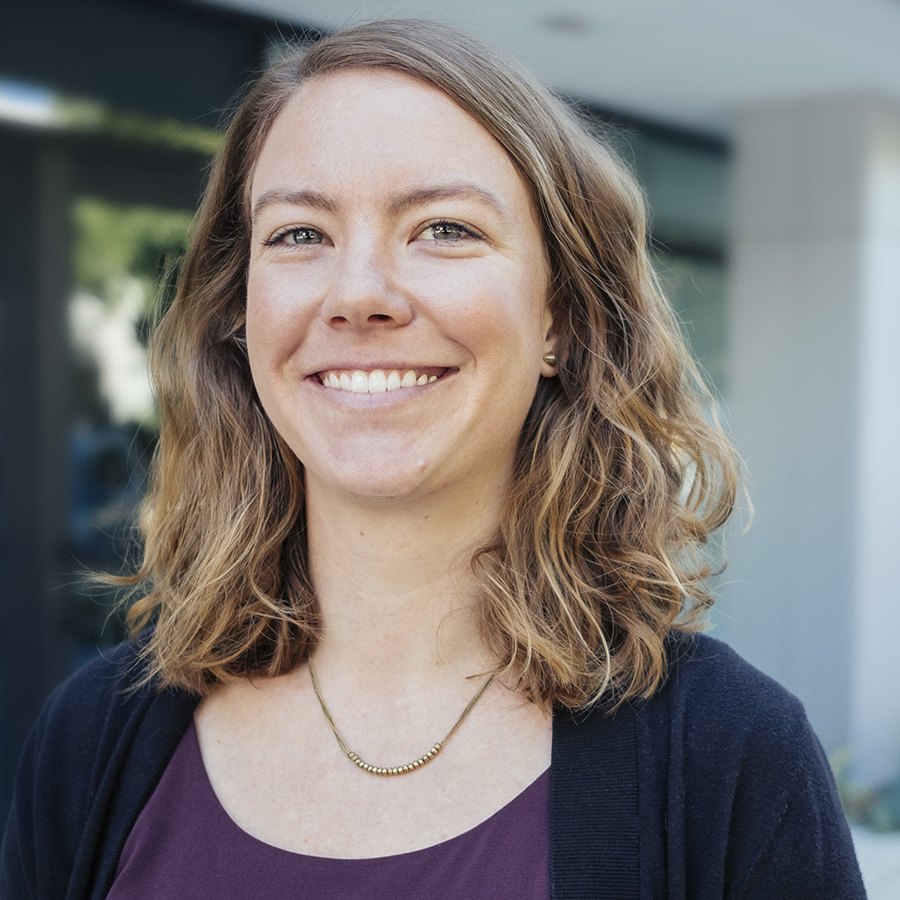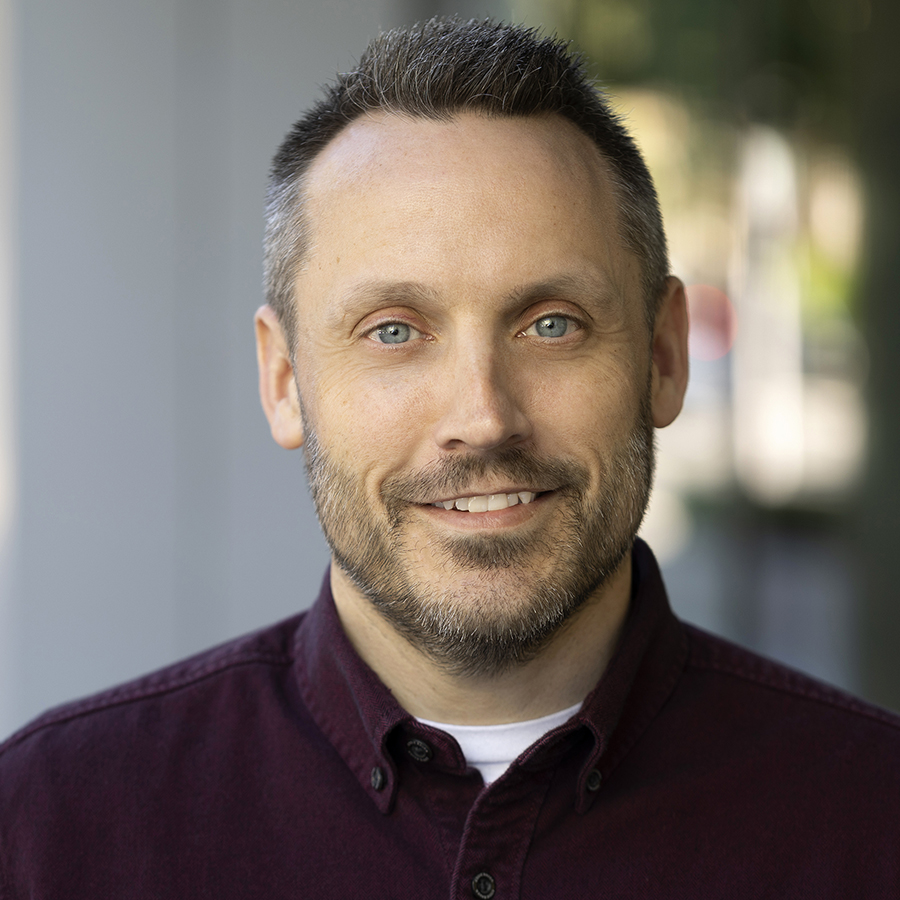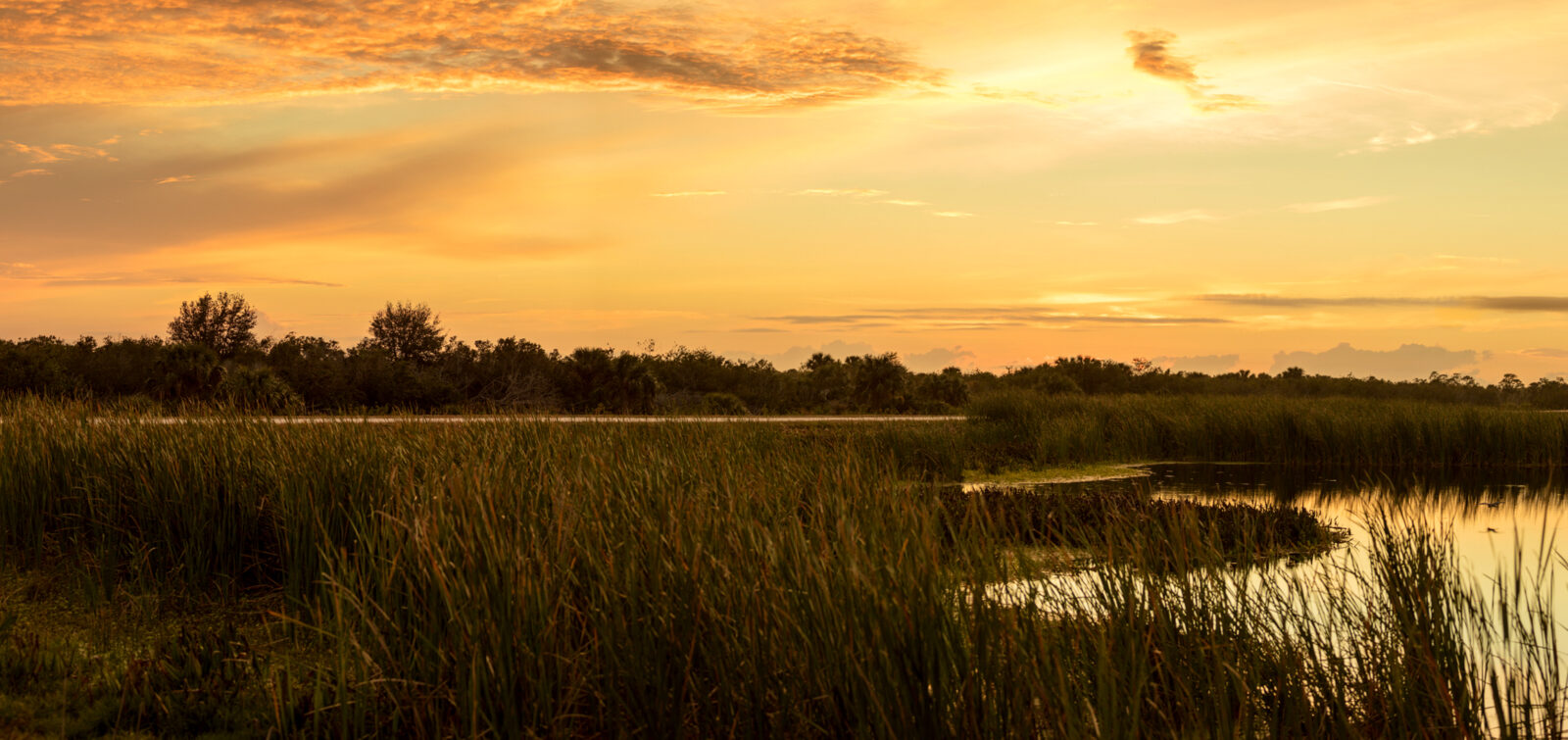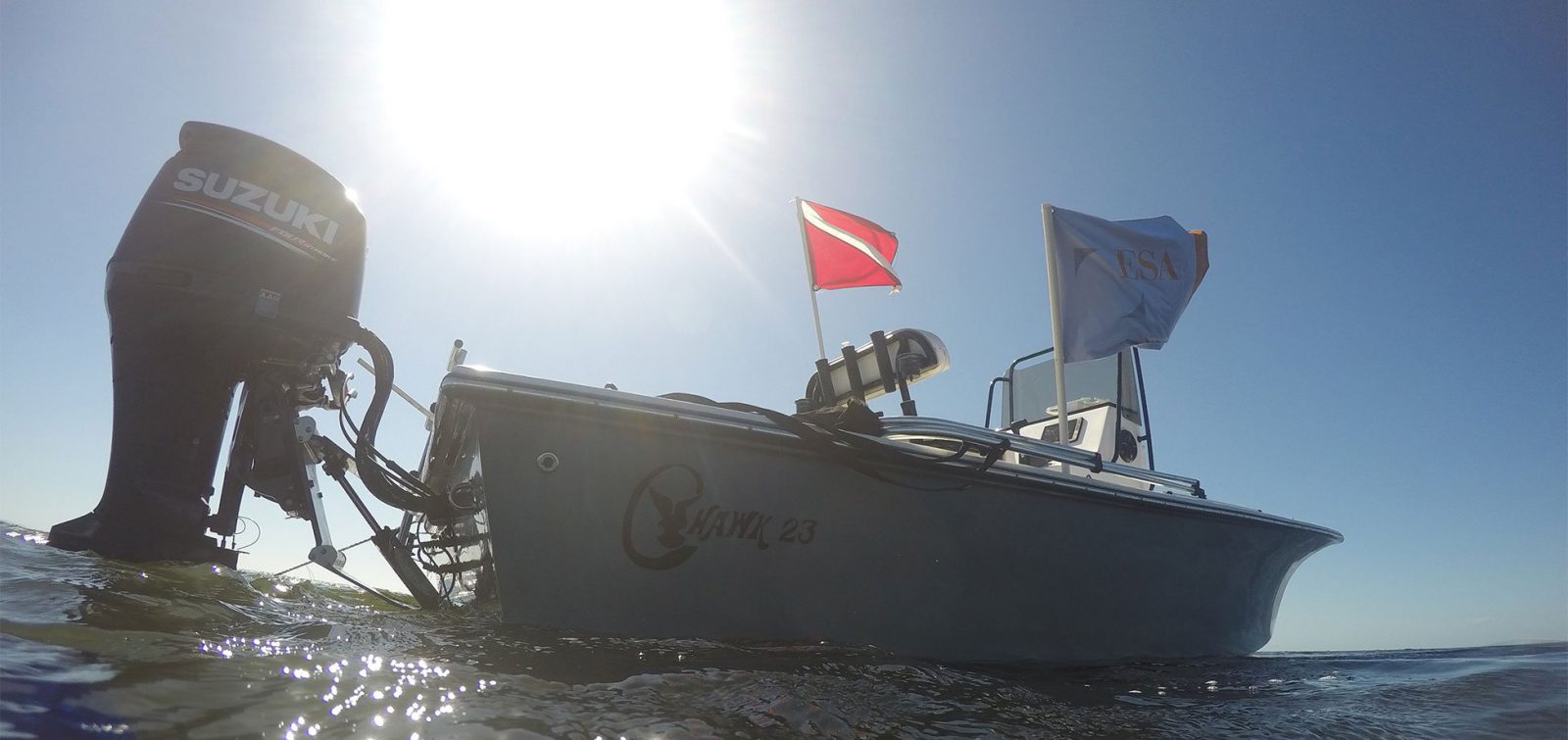ESA is pleased to present and attend this year’s Bay-Delta Science Conference in Sacramento, California from September 30 – October 2. ESA’s biologists, ecologists, hydrologists, and fish and aquatic specialists will share their research and work on regional restoration projects, collaborative design to benefit salmonids and special status species, structured decision making, and much more.

ESA’s team of restoration specialists, scientists, and planners will be attending the conference and we look forward to connecting with you.

We’ll be presenting at the following sessions:
SESSIONS AND PRESENTATIONS
Hamilton Wetlands Restoration Project: Fish Community Response to Changing Tidal Marsh Conditions
Monday, September 30 | 3:30pm
Presenters: Garrett Leidy and Damien Kunz
Since breaching in 2014, Environmental Science Associates (ESA) has been monitoring fish populations at the site, tracking changes in community composition, abundance, and habitat usage over a decade of significant ecological evolution. The site has transformed from submerged mudflats to a defined network of developing tidal channels, with ESA’s findings offering valuable insights for designing tidal marsh restoration projects that benefit native and special-status fish species.
Using a Structured Decision Making (SDM) Process to Evaluate the Potential Benefits of Installing Salmonid Guidance Structures at Sutter and Steamboat Sloughs
Tuesday, October 1 | 1:30pm
Presenter: Alejo Kraus-Polk
This talk discusses the results of a Structured Decision Making (SDM) process to evaluate the benefits of installing salmonid guidance structures at Sutter and Steamboat sloughs. The SDM process, required by regulatory approval, involved a multi-agency Guidance Structure Evaluation Working Group (GSEWG). They used quantitative modeling, literature review, and expert judgment to assess various guidance structure technologies for improving the survival of juvenile Chinook salmon. The SDM process concluded that none of the alternatives improved salmon survival, making the no-action alternative preferable. The talk highlights innovative practices from using SDM for regulatory compliance, including fostering collaboration, advancing knowledge of Delta management alternatives, and streamlining SDM techniques for broader application.
Intraspecific Movement of Striped Bass in a Large Regulating Forebay
Tuesday, October 1 | 3:30pm
Presenter: Taylor Spaulding
Understanding of the abundance, movement, and demographics of Striped Bass utilizing Clifton Court Forebay (CCF) is vital for informing management policies aimed at improving survival for salmonids entrained into CCF. From May 2013 to December 2018 a near-field acoustic telemetry study explored the movement of Striped Bass inside and within the immediate vicinity of CCF. Cluster analysis was used to identify 7 unique intraspecific monthly behavior patterns exhibited by tagged individuals. Isolation and identification of these behavior patterns may provide managers with new insights into how Striped Bass within and nearby CCF are behaving. When combined with information about the demographics of captured Striped Bass within CCF, this data can be used to inform management policy targeting specific ages, lifestages, and movement classes.
Planning and Implementing a Mosaic of Regenerative Land Uses in the Sacramento-San Joaquin Delta Through Transdisciplinary Science and Co-Design Integration
Wednesday, October 2 | 8:50am
Moderator and Presenter: Alejo Kraus-Polk, jointly presented with Brett Milligan/UC Davis
The Sacramento-San Joaquin Delta is a challenging area to manage due to its deeply subsided reclaimed lands, known as “islands.” The Delta Island Adaptations (DIA) project aims to enhance the resilience and sustainability of four Delta islands owned by the Metropolitan Water District of Southern California. This project involves a collaborative process with various communities and experts to design and implement land use adaptations. These adaptations focus on reducing greenhouse gas emissions, mitigating subsidence, enhancing wildlife habitats, and supporting social and economic values. The project is divided into three phases: island selection, detailed scenario planning, and pilot project design. The presentation also discusses the benefits and challenges of using a co-design approach in this complex and climate-vulnerable region.
Setting the State: Design of the Dutch Slough Project from Concept to Implementation
Wednesday, October 2 | 8:50am
Presenter: Mark Lindley
The design of the Dutch Slough Tidal Marsh Restoration Project as a “living laboratory” aimed to provide clarity on how physical processes shape habitats that affect target species and inform adaptive management. The design process considered the Delta’s historic ecology, habitat heterogeneity, and developed specific hydraulic geometry and morphology to inform the dendritic tidal channel network. A unique aspect of the design was to plant and seed vegetation across the entire site two years prior to tidal breaching. This created a robustly vegetated tidal marsh and upland berms at breach, and allowed researchers to explore questions related to pre- and post-breach for biotic and abiotic parameters like wildlife and fish diversity and carbon sequestration.
Physical Considerations and Effects of a Head-of-Reservoir Juvenile Salmonid Collection System in Shasta Reservoir (Where Do You Put It, and How Does It Perform?)
Wednesday, October 2 | 2:00pm
Presenter: Maureen Downing-Kunz
To support declining winter-run Chinook salmon populations in California, a head-of-reservoir collection system for juvenile salmon was deployed in the McCloud River arm of Shasta Reservoir in fall 2022 and 2023. The system’s siting, influenced by factors like reservoir water levels and local geomorphology, varied between years, with initial tests conducted without a fish collector and subsequent deployments near the river reservoir interface. Observations from these deployments revealed important insights into the system’s impact on water temperature and velocity, highlighting the critical role of water depth and riverine inflow in creating suitable conditions for juvenile salmon collection.

- Senior Biologist & Project Manager | Santa Barbara
- Biologist and Permitting Specialist | Portland
- Senior Coastal Engineer | Sacramento
- More opportunities on our Job Openings page
